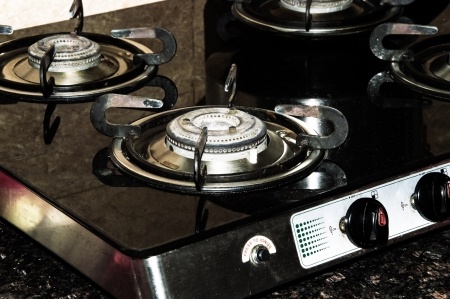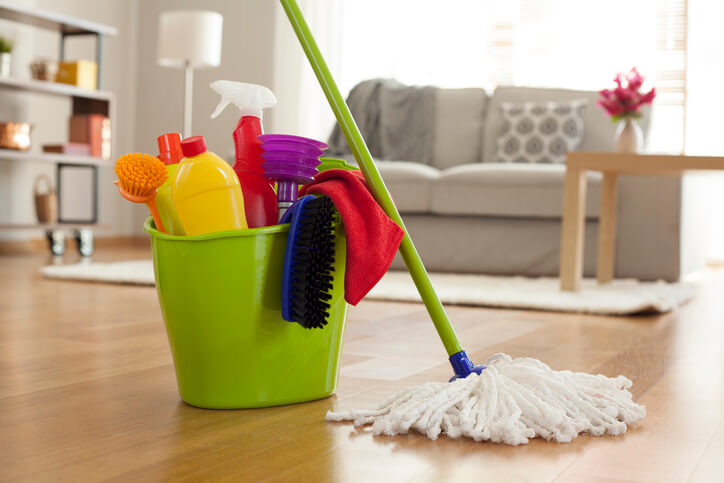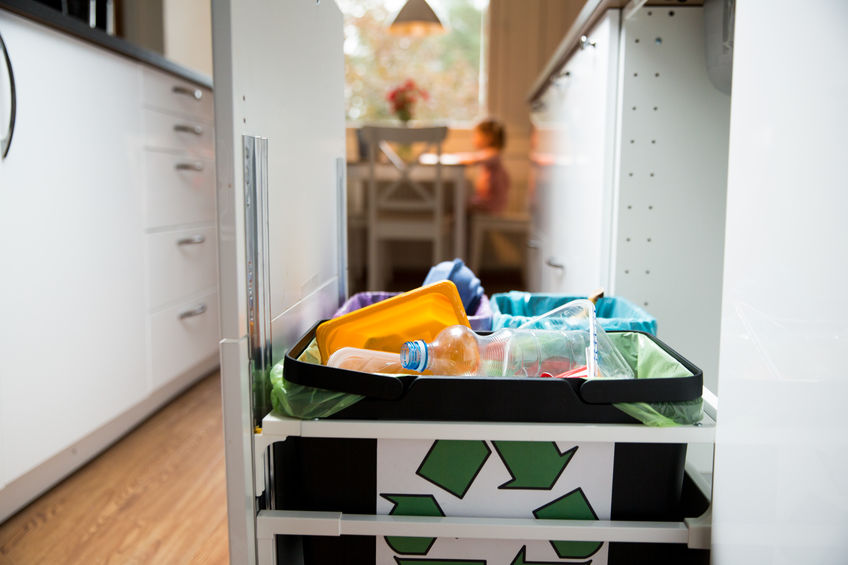Kitchen Energy Saving Solutions
Kitchen energy saving solutions. Kitchen appliances use more electricity and energy than you might think.
By adopting these kitchen energy saving solutions, you can significantly reduce your gas and electric bills while preparing your meals. No significant changes to your cooking routine are required.
Kitchen Energy Saving Solutions for Range Tops
One of the most straightforward energy saving solutions is to keep your range's cooktop burners clean. They'll reflect the heat better and require less energy for cooking.
Match pots and pans to burners of a similar size. A large burner produces the most heat, so a small pot should be placed elsewhere.
You can save energy by turning off electric burners several minutes before the allotted cooking time is up. The burners will stay hot long enough to finish the job without using any more electricity.
Saving Energy While Boiling Water
Water boils faster when covered and, therefore, uses less energy. So cover that pot of water when you set it to boil.
Use a Toaster Oven Instead of the Oven
Before you fire up that oven, consider whether you could cook the item in a smaller space or differently. A toaster oven uses up to half the energy of a large oven.
Also, during the dog days of summer, the heat produced by the oven causes your air conditioner to work overtime. For summer energy savings, plan to cook with your microwave or grill outside.
Use Timers
Using and setting a cooking timerUse the Kitchen Fan Sparingly
The kitchen fan sucks air from your home and sends it outside. You'll lose cool air during the summer; in the winter, you're dumping hot air outside.
Make it easier on your HVAC system by immediately turning the fan off when you're finished using it.
- Clean Home
- Kitchen
- Kitchen Energy Saving Solutions








